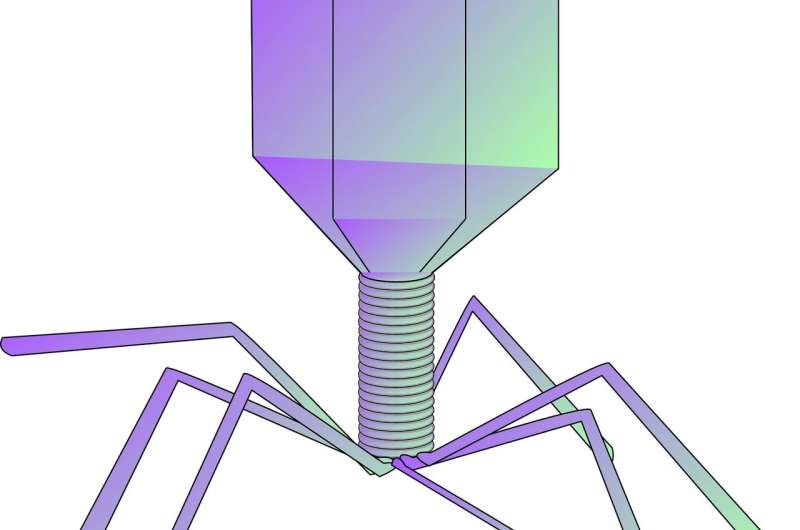Credit: CC0 Public Domain
Researchers have developed a simple, fast, and standardized method for measuring phage virulence quantitatively, which can expediate phage therapy development by allowing robust individual and combined testing of phage efficacy. The method, which takes into account all factors affecting virulence, is published in a preview issue of PHAGE: Therapy, Applications, and Research, a new peer-reviewed journal from Mary Ann Liebert, Inc., publishers launching in early 2020.
In the article entitled "The Virulence Index: A Metric for Quantitative Analysis of Phage Virulence," Dominic Sauvageau, Ph.D. and coauthors from University of Alberta, Edmonton, Canada demonstrate their standardized quantitative method and discuss its implications. They use the method to evaluate the virulence of phages used in specific combinations. The method can not only be used to facilitate and standardize screening steps in selecting phage for certain applications, but it is also useful for evaluating mutations or changes to virulence. For production quality control purposes it can be used to benchmark different phages or production batches.
"This paper is exciting as it describes a method to allow phage researchers to robustly measure and compare phage and phage combination 'efficacy' - it is less subjective than existing methods and should allow better comparisons between different laboratories," says Martha Clokie, Ph.D., Editor-in-Chief of PHAGE and Professor of Microbiology, University of Leicester (U.K.).
More information: Zachary J. Storms et al, The Virulence Index: A Metric for Quantitative Analysis of Phage Virulence, PHAGE (2019). DOI: 10.1089/PHAGE.2019.0001
Provided by Mary Ann Liebert, Inc























